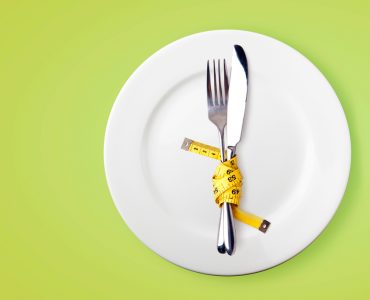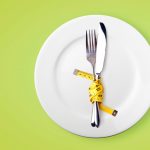The Okinawa Diet is a modern weight loss plan based on the eating patterns of the indigenous people of Okinawa, a chain of islands off the coast of Japan. Traditionally, the people of Okinawa eat a low-calorie diet, which is rich in green/yellow vegetable consumption. They eat small portions of fish, soy and legumes, and virtually no eggs, dairy, or meat. The people of Okinawa have one of the longest life expectancy rates in the world and their incidences of heart disease and cancer are a fraction of those in America.
The Okinawa diet plan is based upon four groups of foods, which are ranked according to their caloric density as featherweights, lightweights, middleweights and heavy weights. Dieters choose foods from these categories and can eat amounts equivalent to their density. For example, dieters can have almost unlimited foods from the featherweight category such as green tea, moderate amounts of lightweights such as fish, highly controlled portions of the middleweights such as lean red meat, and very small portions of the heavyweights such as sugary desserts.
Portion control and caloric restriction are huge components of this diet plan, and adherents are warned to avoid overeating. In order to avoid feelings of hunger and deprivation among dieters, they are gradually introduced to this diet plan over an eight-week period. While this diet plan is nutritionally sound, dieticians are concerned about the lack of exercise in the plan. They also caution that caloric restriction alone does not explain the amazing longevity of the Okinawa plan, so most people following this plan might not have the same results as the people of Okinawa.
Okinawa Diet

Let us know if you liked the post. That’s the only way we can improve.












